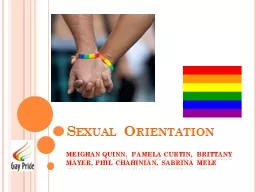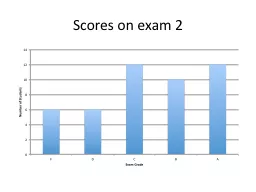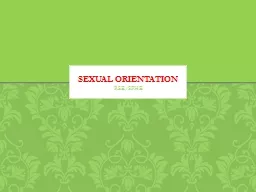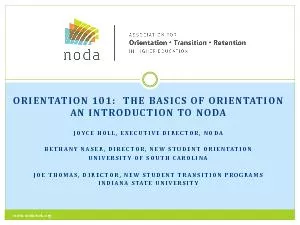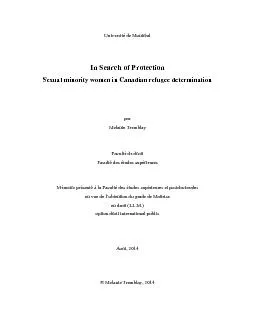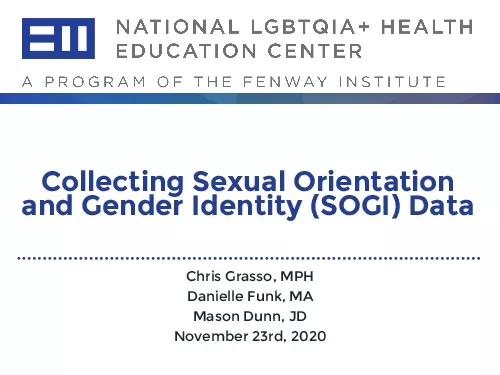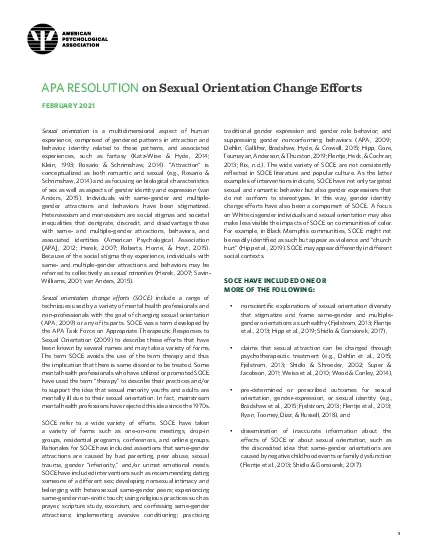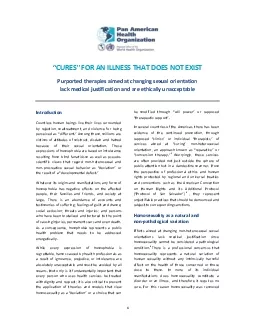PPT-Sexual Orientation and the Law
Author : backbays | Published Date : 2020-10-06
OLLI at Vanderbilt Spring Term 2017 Gay Then Gay Now An Overview Classical era roots the Lex Scantinia 2 nd century BCE Theodosius 4 th century CE Medieval Times
Presentation Embed Code
Download Presentation
Download Presentation The PPT/PDF document "Sexual Orientation and the Law" is the property of its rightful owner. Permission is granted to download and print the materials on this website for personal, non-commercial use only, and to display it on your personal computer provided you do not modify the materials and that you retain all copyright notices contained in the materials. By downloading content from our website, you accept the terms of this agreement.
Sexual Orientation and the Law: Transcript
Download Rules Of Document
"Sexual Orientation and the Law"The content belongs to its owner. You may download and print it for personal use, without modification, and keep all copyright notices. By downloading, you agree to these terms.
Related Documents



